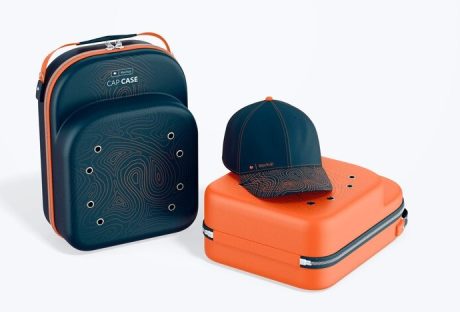Shopping for clothes can be quite a frustrating experience, especially for women, and inconsistent sizing is one of the key culprits in this mess.
Many women can attest to having to go up or down a size in their clothes when shopping at different stores, and seemingly for no reason. But why does this keep happening?
Why Are Women’s Clothes Sizes So Inconsistent?
The key reason why it seems like different stores have different standards for their clothes sizes is, well, simply because they do. Clothing companies do not operate on some scientific metric of what weight/height goes with what size of clothes. Instead, the numbers they use are arbitrary.
Honestly, it’s as if they just put a dart board on the wall and toss a dart at it, with no rhyme or reason behind the choices. Sure, they may be in the ballpark range, but do not be surprised if you find that the sizes of your pants from one brand to the next make no sense when compared. This makes it even harder to shop for plus-size clothing.
The vanity sizing
Now, you might be wondering, just what is the point of using an arbitrary number to slap on your clothes? After all, inconsistent clothes don’t exactly inspire the most confidence in people when they’re shopping around. Well, this is actually a marketing principle known as vanity sizing.
Basically, rather than actually using the sizes as a means by which to educate the shopper on how well they would fit, for women, the numbers are meant to make them more inclined to buy their wares.

The way they do this is simple: in the 80s, the trend of women trying to get into smaller clothes was growing, and thus, businesses wanted to get in on that.
So they started to lower the numbers on their clothes, with the idea being that the lower the number, the more likely a woman will be to give them their money. Since then, no standard sizing has been established, so clothing manufacturers can essentially do whatever they want with respect to the sizing.
Thus, if you want to make sure that your clothes are going to fit, try before you buy, Otherwise, you might find yourself having to either do a lot of returns or having to adjust yourself to fit into them (not recommended).
How This Affects Women
The thing about it is, that this kind of sizing manipulation is not a victimless act. It can actually do a lot of harm to certain people, which is why the practice has received much criticism in recent years.
Inconsistent sizing has a tendency to confuse and distress women, especially if these women are experiencing difficulties coping with their weight.
After all, if you usually fit into a size six, but all of a sudden you can’t fit into a new size six, you’re probably not going to think “oh, it’s because of a marketing ploy in the 1980s”. No, in all likelihood, you will assume that something about your body changed to make you not fit into these.
However, the physical and emotional ramifications of inconsistent sizing are only one aspect you need to consider with this practice. The other aspect is the financial one. Essentially, when clothing is designed in this way, you will have to deal with wasting a fair bit of money as a result of this inconsistency.
For example, if you order your clothes from an online retailer, you obviously do not get the opportunity to try them on before you buy. So once they arrive and you determine that they do not fit, you only have two options: suck it up and eat the cost, or have them returned for a refund.
This winds up being a situation where the more financially smart option requires more effort, so people may just decide to not deal with the hassle.
How Can You Avoid Getting Inconsistently Sized Clothing?
If you are ordering online, there is not much you can do to avoid this inconsistent sizing issue, beyond sticking with only one clothing manufacturer. This is not guaranteed to work out for you, however, but it is probably a safer bet than mixing and matching as far as sizing goes.
The long-term issue of doing it through this method, however, is that even an individual manufacturer may be inconsistent with their sizing, especially over the long term. After all, a manufacturer 50 years ago has different sizes for their clothes than they do nowadays. If at all possible, be sure to try the outfits on before you buy them.
For online shopping, a good way to tell whether a clothing brand is particularly inconsistent is to read reviews from other shoppers. Other shoppers may have had similar issues to you with inconsistent sizing.
You will likely see such criticisms on a lot of clothing brands, but some clothing brands may be worse than others, and the reviews online should reflect that.
Read Also:






















